The Ultimate Guide to the Golden Ratio in Photography
Do you ever feel like your photos are just missing something? Even with great scenery and models, your pictures still come out dull. You set up the perfect scene, but it looks like a random snapshot. Why do we, as photography lovers, always seem so far from the pros?
The secret is often hidden in one magic number: 0.618 — the golden ratio. You've probably heard of it, but did you know it can be used in photography too? Today, let's uncover how using the golden ratio can improve your photo composition.

In this article, you will learn:
- What Are the Golden Ratio and the Golden Composition Point?
- How to Use the Golden Ratio in Photography?
- Must You Follow the Golden Ratio in Photography?
What Are the Golden Ratio and the Golden Composition Point?
Ancient Greek scholar Pythagoras found that if you divide a line into two parts, the ratio of the shorter part to the longer part is 0.618:1. This ratio makes the line look more attractive.
Even more amazing, the ratio of the longer part to the whole line is also 0.618:1.
The point that divides the line is called the golden section point, or the golden composition point in photography. By placing key subjects at this point, they become more eye-catching, and the image looks balanced and natural.
As shown in the image below, b:a = a:(a+b) = 0.618:1.

In portrait photography, if the person is positioned along the vertical line through the golden composition point, the overall image appears more balanced, natural, and pleasing to the eye.
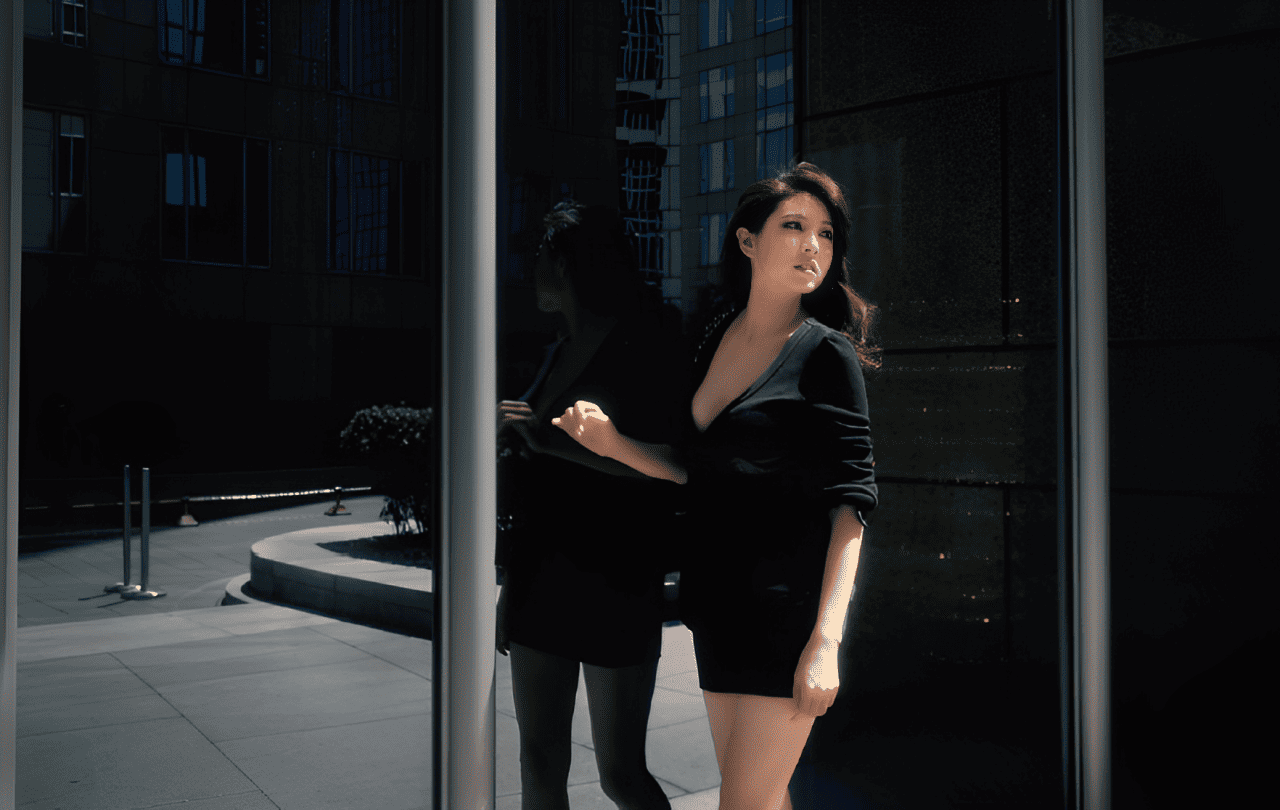
How to Use the Golden Ratio in Photography?
It's actually very simple. In a 3:2 image, draw a diagonal line. Then, from one of the other two corners, draw a line perpendicular to that diagonal. This splits the image into three parts: a, b, and a+b.
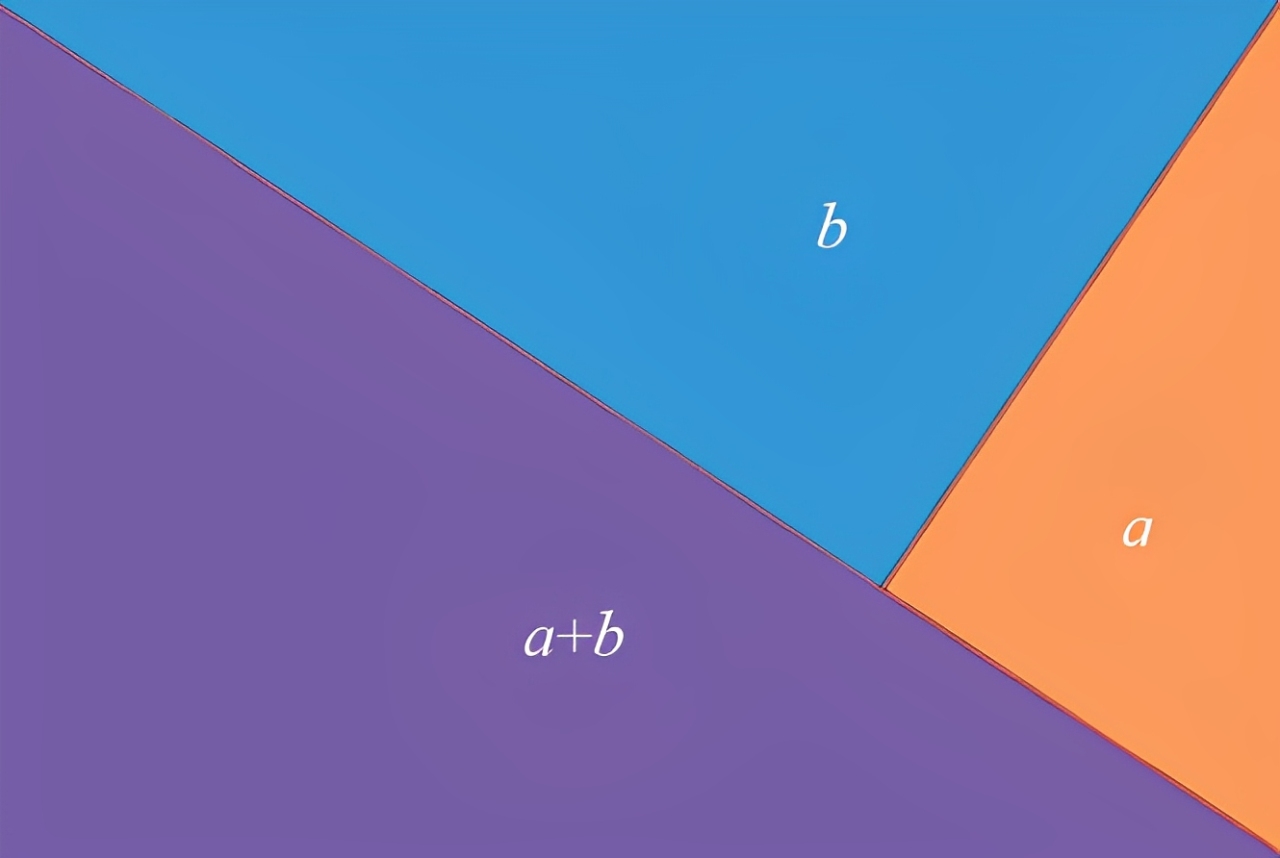
The area of section a to section b is about 0.618:1. Also, the area of section b to the total area (a+b) is roughly 0.618:1.
When you set up your shot so that the main subject follows these proportions, the photo looks more balanced and pleasing. This is the golden rule in photography.
However, in real shooting, you can't divide every scene into three exact parts. That's why photographers usually look for key spots in the frame, known as golden composition points.
A golden composition point is found where a perpendicular from a corner meets the diagonal you drew. Placing your subject at one of these points helps it stand out.
You can draw the diagonal from the top left to the bottom right or from the top right to the bottom left. For each diagonal, you can draw two perpendicular lines. This gives you four golden composition points in one image.
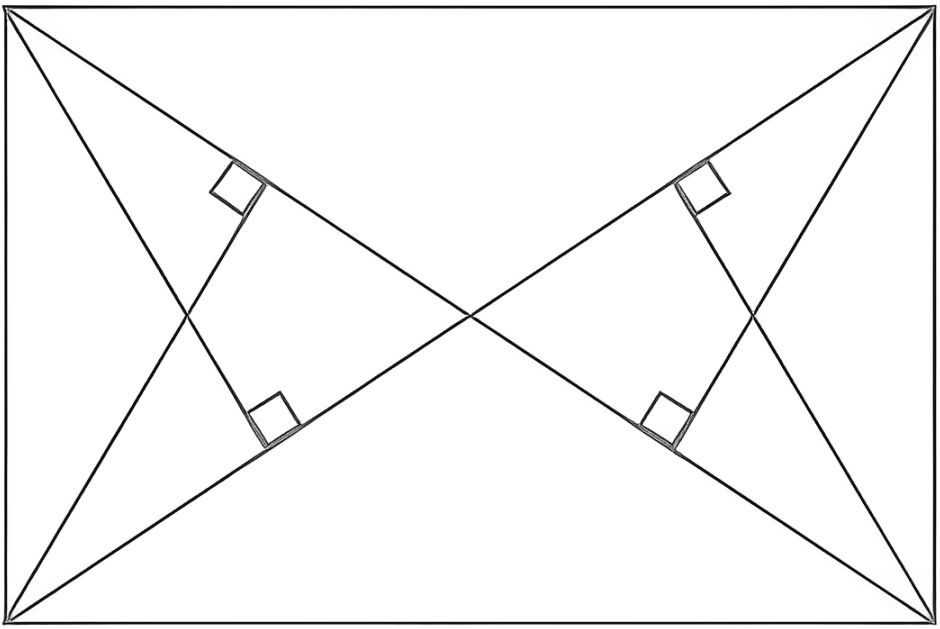
In practice, you choose the best point for your subject based on the scene. For example, in portrait photography, if the person's face is roughly at a golden composition point, the shot will look balanced, natural, and attractive.

Finding the perfect golden composition point can be tricky during a shoot. A simple alternative is to place your subject at one of the intersections where the lines dividing the frame into thirds meet. These points are close to the ideal golden spots and work very well.
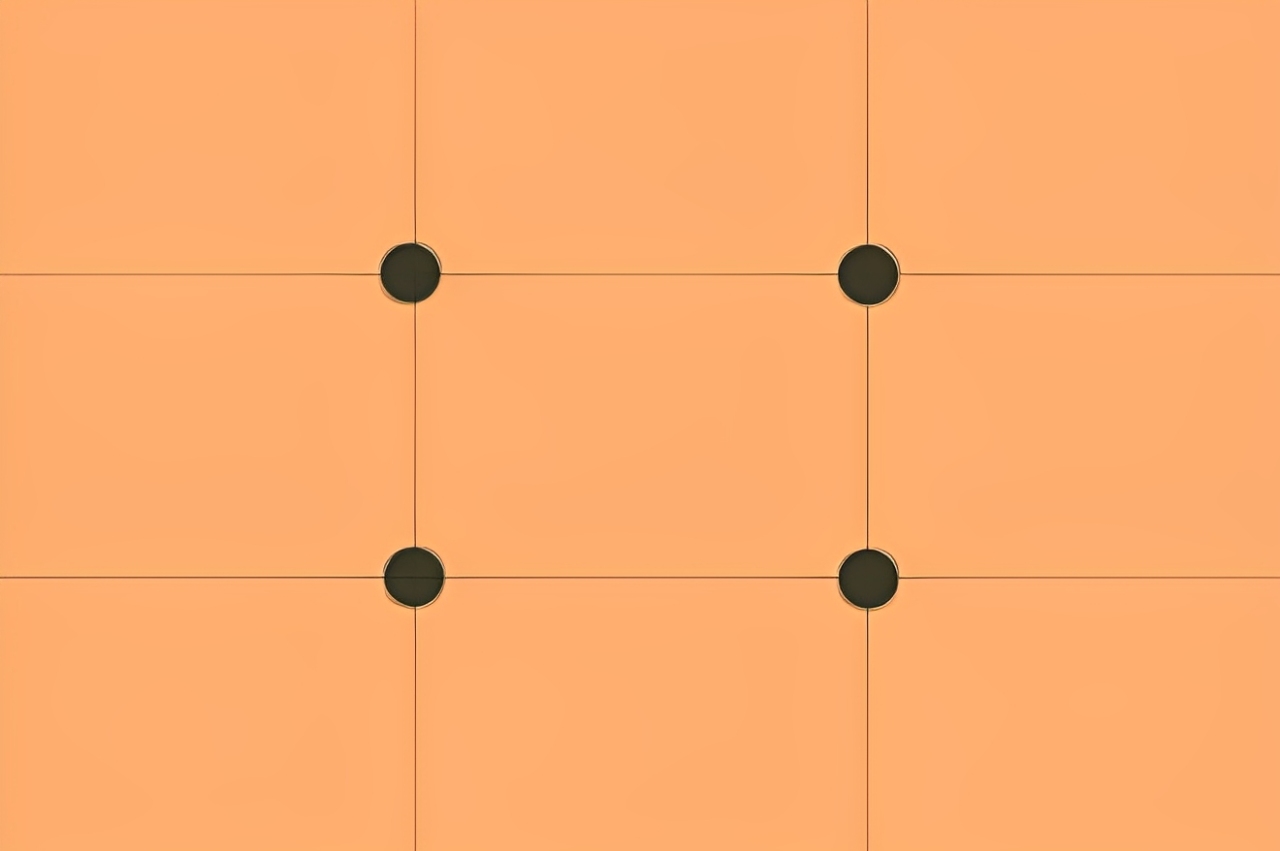
For example, in the photo below, the white sedan sits right at an ideal spot. It stands out while the overall image still feels natural.

Besides the rule of thirds, which comes from the golden ratio, there's another method based on that same idea: the Fibonacci spiral (also known as the golden spiral).
Further Reading:
Easy Guide - Understanding the Rule of Thirds in Photography
Let's start with the sequence 1, 1, 2, 3, 5, 8, 13… In this sequence, starting with the third number, each number equals the sum of the two before it. As the sequence grows, the ratio between neighboring numbers gets closer to 0.618, the golden ratio.
This sequence is called the Fibonacci sequence, and when you use these numbers to draw a spiral, you get the Fibonacci (golden) spiral.
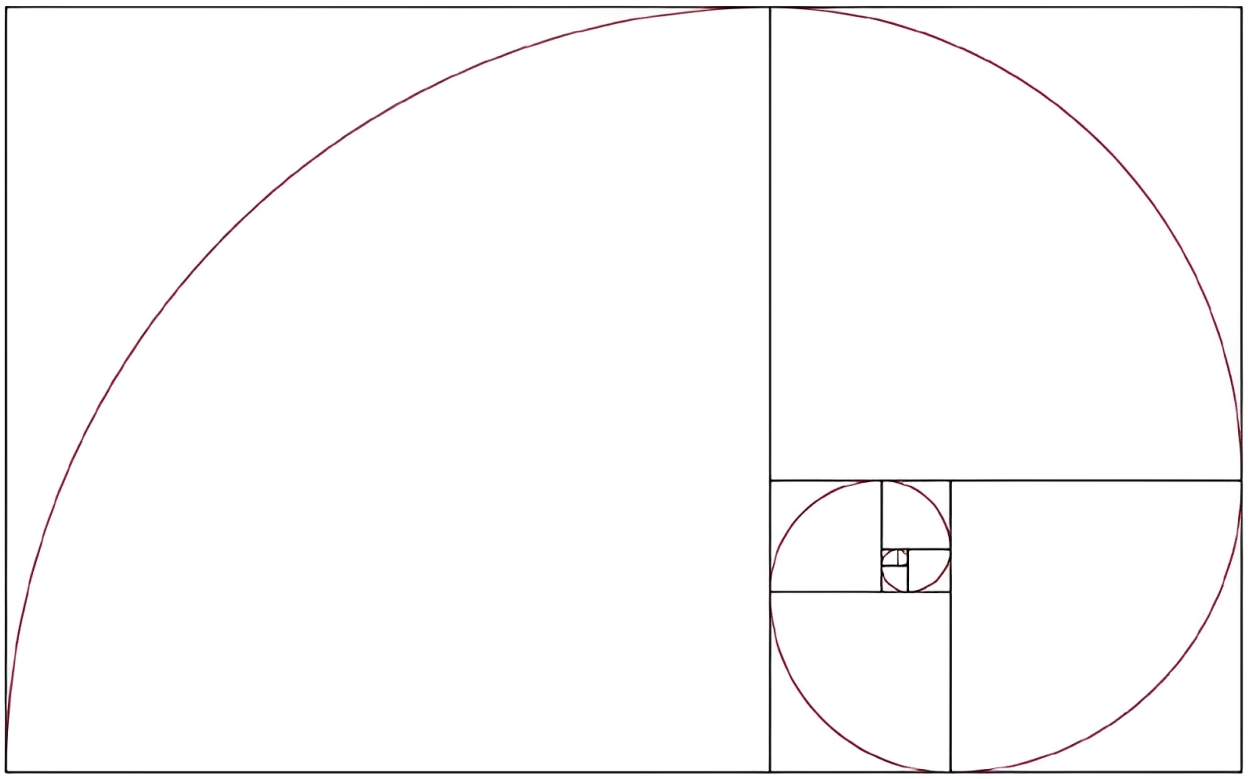
You see this spiral a lot in design — Apple's logo is one famous example. The golden spiral can also guide your photo composition.

To draw it, create several squares with side lengths from the Fibonacci numbers. Arrange them to form a rectangle, and then draw a 90° arc inside each square. The connected arcs form the Fibonacci spiral, or golden spiral.
In portrait photography, placing a person's face or eyes at the center of the spiral can give the image an artistic feel and really make the subject stand out.

Must You Follow the Golden Ratio in Photography?
Not at all. You don't need to place your main subject exactly at the golden ratio spots or at the rule-of-thirds intersections.
Composition is an art, and there are many ways to create a beautiful image. Even if your subject isn't at the "perfect" spot, if the photo feels balanced, your composition is working.
For example, in the photo below, the building isn't at a golden ratio point or a rule-of-thirds spot, yet the image still looks balanced. Isn't that a good composition?

In fact, any type of composition can be beautiful. Photography isn't just about following strict rules. Its heart lies in creativity, expression, and your unique artistic vision, not in any one formula.
Further Reading:
A Tutorial on Composition in Photography Inspired by Classic Films
If you stick too closely to the golden ratio, you might miss out on capturing beauty and lose the joy of discovering it.
That said, the golden ratio is a useful guide for photography enthusiasts. The best approach is to use it as a tool, but don't let it hold you back.
After you learn how to use the golden ratio in your shots, paying attention to details in post-processing is just as important. To help perfect your work, we recommend the TourBox.

This creative controller is a real gem for photographers and enthusiasts. It not only speeds up your editing process but also makes it more enjoyable. The TourBox is very easy to use, letting you make precise adjustments in a natural way.

If you haven't tried it yet, give it a shot. You might find that every step of your photography process becomes smoother and more creative. Interested in the TourBox? Click our photo editing page to learn more.